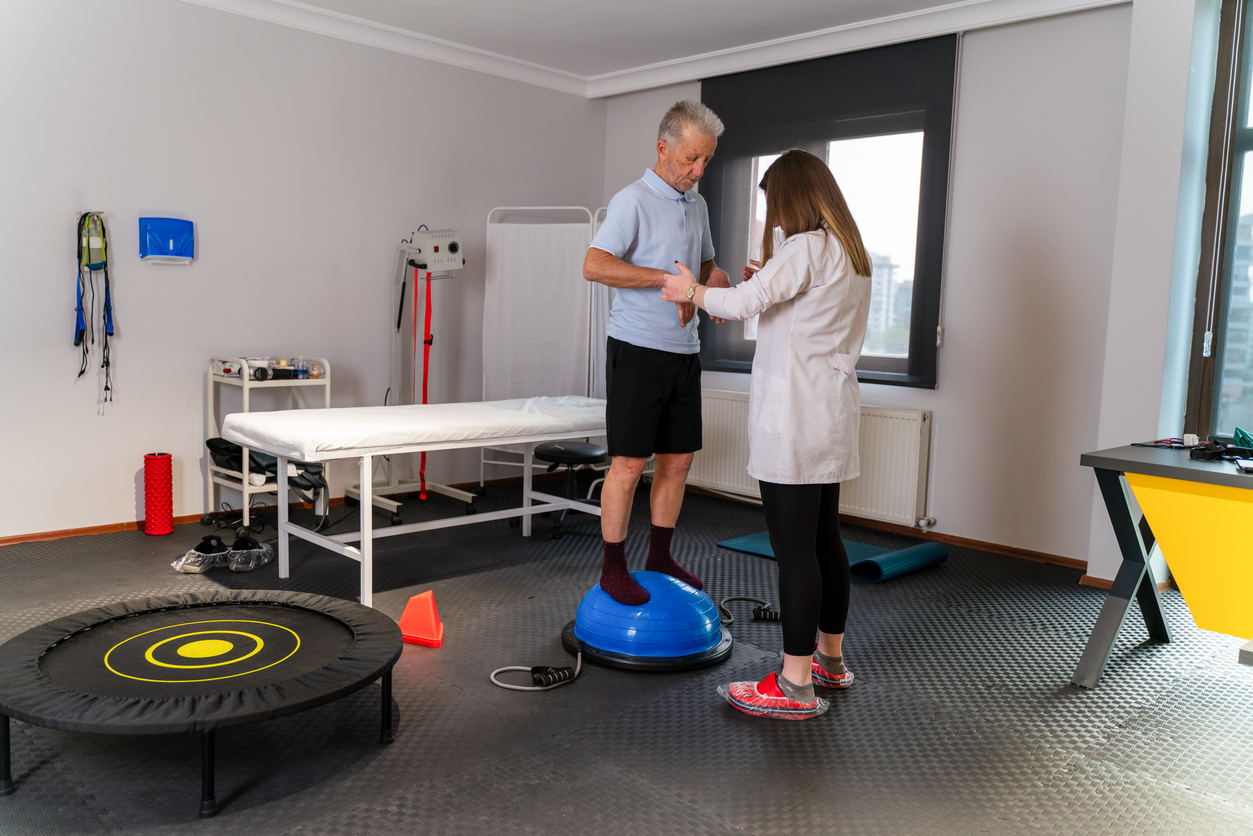Treatments
Pelvic Floor Physical Therapy

Pelvic floor physical therapy is beneficial for individuals who experience symptoms such as pain in the pelvic region, painful intercourse, and urinary or fecal incontinence. The goal of pelvic floor therapy is to reduce these symptoms through rehabilitation of the pelvic floor muscles.
Initial appointment
During an initial physical therapy appointment, a physical therapist typically obtains a thorough medical history and conducts a physical assessment. An assessment may check an individual’s posture, strength of the lower back and abdominal muscles, and the pelvic girdle. Depending on an individual’s symptoms, an internal assessment via the rectum or vagina may be performed; this allows for assessment of the pelvic floor muscles.
Treatment
After an initial assessment, a treatment plan is usually discussed. A treatment plan may include a variety of therapies and exercises to do with a therapist as well as exercises to do at home.
Depending on an individual’s symptoms, treatment may include the following:
- Postural exercises help to develop good posture and alignment in the pelvis and throughout the body.
- Myofascial release relaxes connective tissues by applying gentle, sustained pressure.
- Pelvic floor muscle surface biofeedback teaches individuals how to strengthen weak pelvic floor muscles or relax tight pelvic floor muscles.
- Abdominal and lower back exercises strengthen the core.
- Relaxation and breathing exercises loosen tight muscles through deep, diaphragmatic breathing.
The duration of treatment varies based on severity of symptoms and response to treatment. Additional therapy sessions may be necessary if symptoms recur.


















